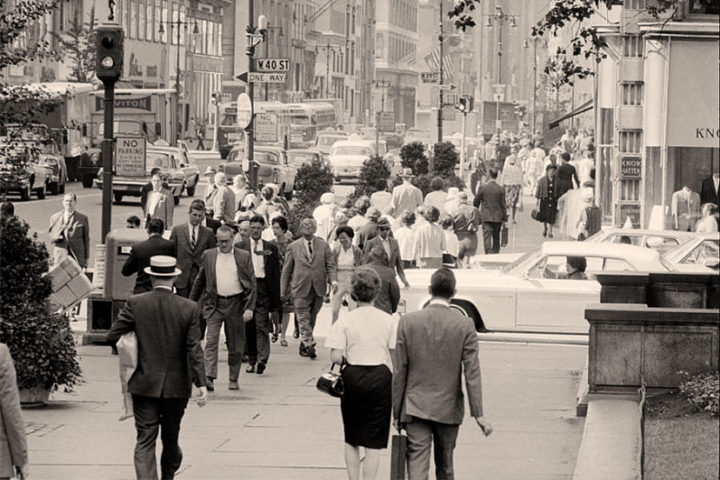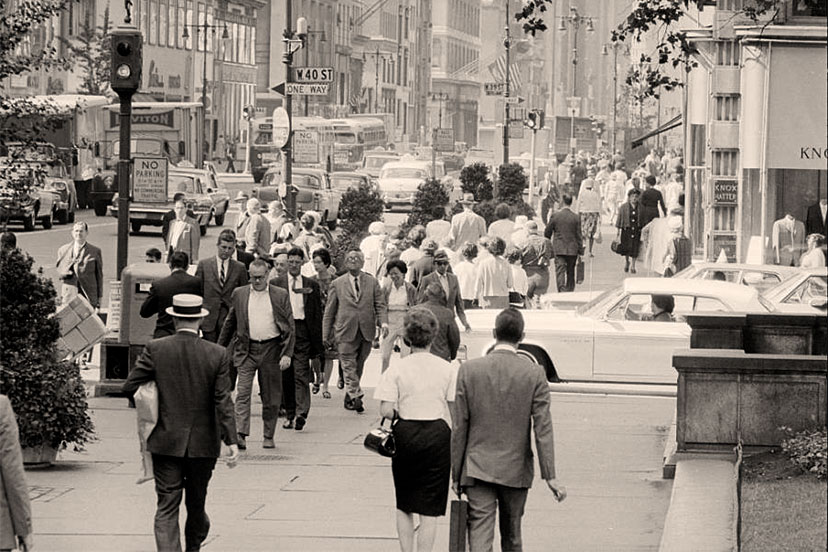A hallmark of any good Opinions section is thoughtfulness. But we live in an era when timeliness is prized. If you haven’t tweeted a reaction to a speech while it’s still being delivered, you’re already late, as far as some people are concerned.
How do we square that circle at Washington Post Opinions? One way is by doubling down on the thoughtfulness. If an idea is smart and compelling and original, it will engage readers, even if it’s not the first or even the 10th opinion published on a topic…
— from Washington Post opinions editor Fred Hiatt, September 12, 2021.
Well, I don’t know about “squaring the circle” here at the Daily Post, because I’m not even sure what that means. But I know what it means to write the 10th opinion.
When you write opinions for an online news magazine, in a small town where the newspaper publishes only once a week, you often have a chance to publish the first opinion on a local topic, without worrying too much about tweeting your reaction while a speech is still being delivered.
No need to double down on thoughtfulness, either. Unless it’s maybe the 11th opinion… about how to prevent Pagosa Springs from spiraling down the sewer drain?
 I’ve been working my way through a book written in 1961 — a classic on urban planning: The Death and Life of Great American Cities, by Jane Jacobs. The book is still in print, 60 years after its initial publication. Not too many titles written in 1961 are still in print, and especially, not too many 60-year-old books that deal with the subject of urban planning.
I’ve been working my way through a book written in 1961 — a classic on urban planning: The Death and Life of Great American Cities, by Jane Jacobs. The book is still in print, 60 years after its initial publication. Not too many titles written in 1961 are still in print, and especially, not too many 60-year-old books that deal with the subject of urban planning.
I appreciate the way Ms. Jacobs, in her title, switched around the typical relationship of the words, “Death” and “Life”. In normal usage, we would say, “Life and Death” rather than “Death and Life” because, of course, on the human plane, death follows life. But what Ms. Jacobs wants us to consider are the ongoing cycles of growth-and-decline-and-growth-and-decline in the life of “great” American cities — in individual neighborhoods, in districts, in cities as a whole. She is writing mainly about her hometown, New York City, but she also references other large American cities as they existed in 1961. Boston. Philadelphia. Los Angeles. San Francisco. Miami. Chicago. She finds similar dynamics of “death and life” in each of these places, but she also accounts for how cities behave differently.
And how city planners think, and behave, differently.
In this editorial series, I will be very briefly (and inadequately) summarizing — within the span of a few hundred sentences — the highly detailed and thoughtful sociological analysis shared by Ms. Jacobs in her 450-page book. For those who want a fuller understanding of her noteworthy ideas, I heartily recommend picking up a copy of her book.
I believe in the value of travel — exposure to foreign cultures, and to different value systems. Reading a book about New York City in 1961 is sort of like traveling to a foreign country, without the expense and unnecessary exposure to disease. (Since I can, after all, be exposed to disease, very conveniently, right here in Pagosa.)
In 1961, New York City had a population of about 7.8 million people. Today, it has about 8.3 million, an increase of about 6% over 60 years. Not too impressive?
For comparison, New York City had more than doubled its population between 1900 (3.4 million) and 1950 (7.9 million). So when Ms. Jacobs was writing, the city’s previously-phenomenal growth had shifted into reverse gear. America’s largest city was then losing population. And its growth during the 21st century remains very modest. In fact, New York City — although by far our nation’s largest city — is apparently the second-slowest-growing major US city, percentage-wise, after Chicago.
For a slightly different comparison, the city of Austin, Texas grew by about 45% between 2000 (672,000) and 2019 (979,000) — making it one of the fastest growing major cities in the nation.
Much of the book, The Death and Life of Great American Cities, deals with diversity. In Ms. Jacobs’ view, diversity makes a city livable, and a lack of diversity leads to dark places, and ultimately, to the death of city neighborhoods.

She starts right off drawing a clear distinction between small towns — like Pagosa Springs — and big cities. In a small town, she explains, people tend to be acquainted with their neighbors; we run into the same people regularly, at the grocery store, at church, on the golf course, on the pickleball court, in the school buildings. We may not know everyone by name, but in a small town, people are generally not ‘anonymous strangers’ in quite the same way they are in a big city.
We’ll get back to that idea in a future installment.
One of the main concerns in a big city like New York is safety. A New Yorker is utterly surrounded by anonymous strangers whom he or she does not know and will never know. In particular, there’s a concern about safety in public places — on sidewalks, in public parks, in subway stations. In such a setting — 8 million people, in close proximity, who are strangers to one another — there is one basic method for bolstering my safety. Someone needs to be watching my back. And the people who are watching my back are the strangers who are all around me, and whose backs I am simultaneously watching.
Safety disappears, in New York City, when I am alone in a public place. Safety takes place when enough strangers are using the same sidewalks, the same public parks, the same subway stations, at the same time… keeping an eye on one another.
The secret to creating a safe city, in Ms. Jacobs’ view, is to make sure enough people are out and about, at all hours of the day and night. Which is to say, a safe neighborhood is a neighborhood that is full of diverse activities, attracting different people at different times of day. Shopping of various types. Schools. Offices full of workers. Repair shops. Museums. Homes. Churches. Mortuaries. Bars. Restaurants. Places to go, places to be.
The greater the variety of attractive uses in a neighborhood — the more diversity of activities, and the more diversity of people seeking activities of various types, at various hours of day and night — the more vibrant and the more safe a neighborhood will be. When nothing is going on, and when no one is out and about? That’s when things feel the least safe.
In a big city, people desperately need to be around strangers, as much as possible, while engaging in activities outside their own homes. And the more diverse those strangers are, and the more diverse the available activities, the better chance that a neighborhood or district will feel attractive, and safe.
And prosperous.
Do any of these ideas relate to small town Pagosa Springs? Do we also benefit, when we’re surrounded by diversity?
That’s what I’m asking myself.

